
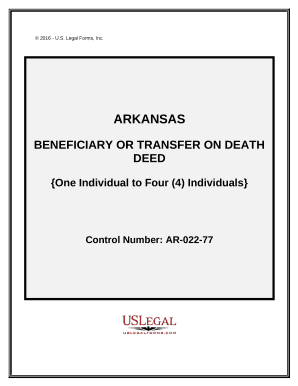
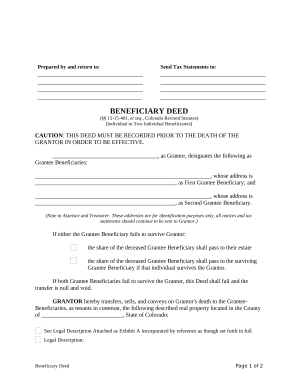
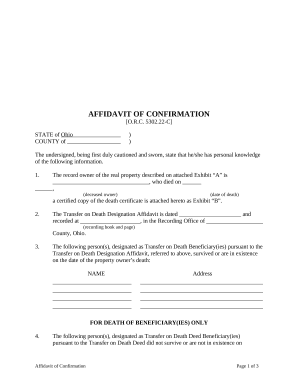

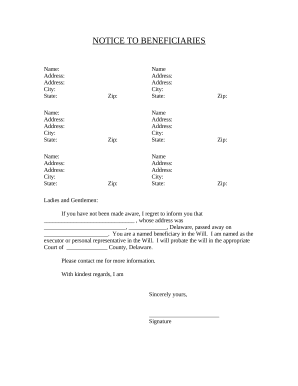
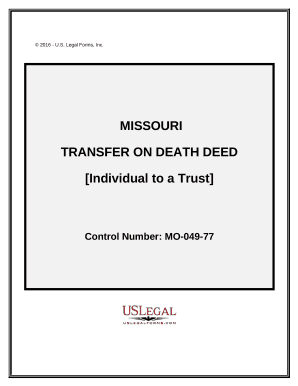
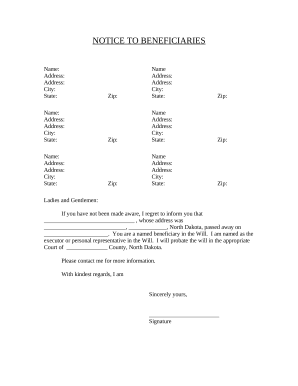
Document administration occupies to half of your office hours. With DocHub, it is easy to reclaim your office time and enhance your team's productivity. Get Legal Beneficiary Documents collection and check out all document templates related to your everyday workflows.
Effortlessly use Legal Beneficiary Documents:
Boost your everyday document administration with the Legal Beneficiary Documents. Get your free DocHub profile right now to discover all forms.